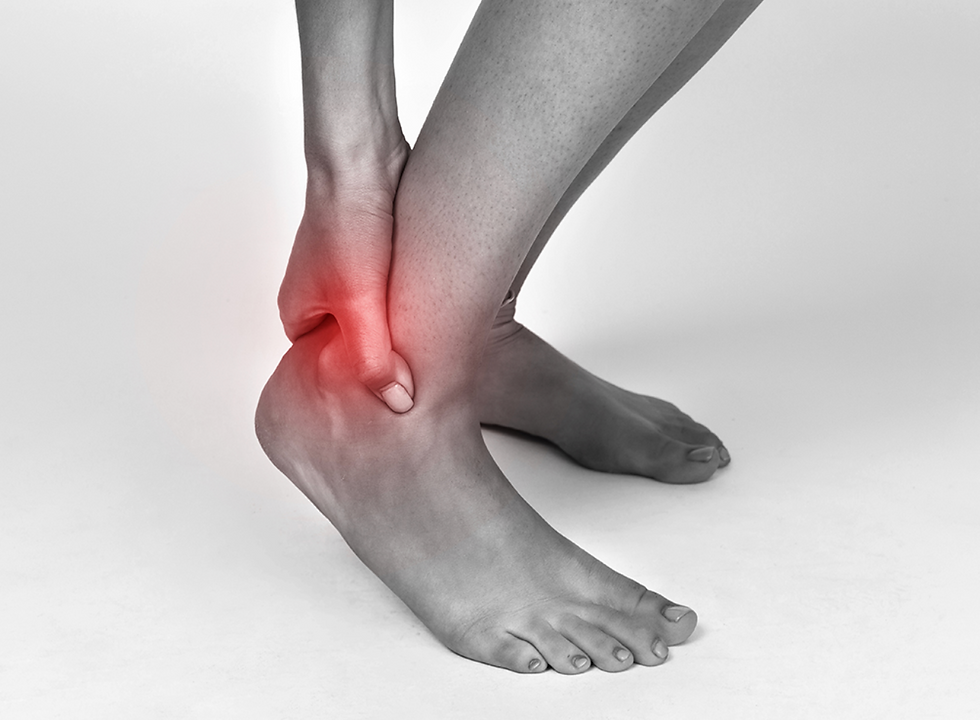Return to Sport - Significance of Taping
- Christopher nour

- Sep 23, 2025
- 3 min read
Taping has long been a common tool used in both injury management and prevention in athletes. From ankle strapping on the netball court to shoulder taping in rugby, it is often a visual symbol of an athlete getting back into action.
Taping in sports and rehabilitation contexts generally falls into two broad categories:
Rigid taping (e.g., athletic or sports tape): typically used to restrict or limit movement, providing external support to joints or soft tissues.
Elastic taping (e.g., kinesiology tape): designed to provide proprioceptive input without significantly limiting movement, and often used to aid circulation, reduce pain, or improve muscle activation.
Each type of tape serves a different purpose, and physiotherapists will select an approach based on the injury, sport-specific demands, and the stage of recovery.
Potential Benefits of Taping During Return to Sport
Mechanical Support: Rigid taping can offer temporary stabilisation for joints and may help prevent excessive range of motion during dynamic activities, particularly after ligament injuries such as ankle sprains or ACL reconstructions
Evidence: A 2021 systematic review published in Sports Medicine found that ankle taping significantly reduced the risk of recurrent sprains in individuals with previous injury, especially in sports involving cutting or jumping.
Enhanced Proprioception: Taping can enhance proprioceptive feedback, helping the athlete become more aware of joint position and movement. This is especially useful in cases where joint or ligament injury has disrupted proprioceptive pathways
Evidence: A study in the Journal of Orthopaedic & Sports Physical Therapy (JOSPT) showed improved joint position sense and movement awareness in individuals with functional ankle instability after taping.
Pain Reduction and Neuromuscular Effects: Elastic taping assists in modulating pain and supporting muscle activation during rehabilitation
Evidence: While mixed, some studies suggest kinesiology taping can reduce pain in conditions such as patellofemoral pain and shoulder impingement. However, most effects are short-term and often comparable to placebo.
Psychological Confidence: Many athletes feel safer, more confident, and more willing to return to play when taped
Evidence: Research shows that perceived stability and confidence can significantly impact return-to-sport outcomes, especially in post-ACL rehab. Even if mechanical benefits are minimal, the psychological effect can enhance performance and reduce fear of re-injury.
Considerations and Limitations
While taping can offer clear benefits, it’s important to consider the limitations:
Short-term benefit: Most mechanical and proprioceptive effects of tape are temporary, often lasting only a few hours
Dependency risk: Over-reliance on taping may reduce the athlete’s willingness to load or trust the joint without external support, potentially delaying neuromuscular re-training
Skin irritation: Particularly in hot or humid environments, taping can cause blisters, rashes, or discomfort
False sense of security: Taping may give an athlete the impression that the joint is “protected,” leading to riskier movement or premature return to sport without adequate strength or control
Taping should be considered a supplement, not a substitute, for appropriate rehabilitation. It may be most beneficial when:
The athlete is in the late-stage rehab phase and progressing to full sport-specific movements
Confidence is low, particularly after a traumatic injury
There is residual instability or risk of recurrence (e.g. lateral ankle sprains)
Taping is used in combination with neuromuscular retraining and exercise
Importantly, athletes should always be weaned off taping over time, as strength, control, and confidence improve. The most effective use of taping is when it complements a comprehensive, evidence-based rehab plan, helping athletes return to their sport safely, confidently, and stronger than before.
Have you got an Injury that needs treating and support? Book with Urban Physiotherapy today! - https://urban-physiotherapy.au2.cliniko.com/bookings?business_id=423637795941128200#service



Comments